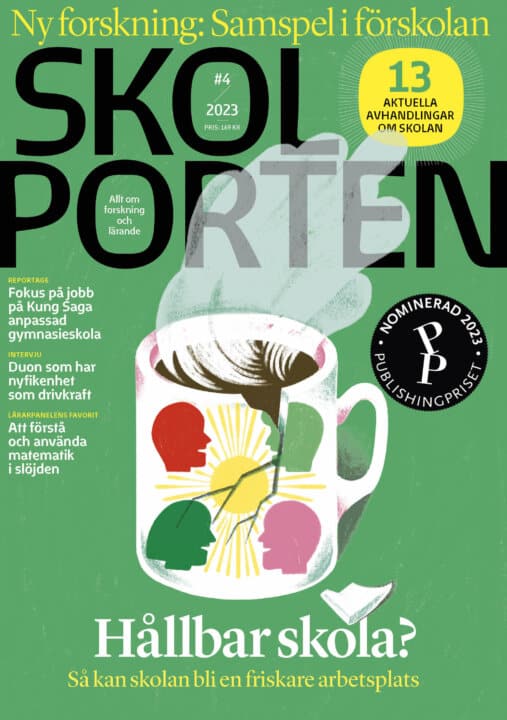De naturvetenskapliga ämnesspråken. De naturvetenskapliga uppgifterna i och elevers resultat från TIMSS 2011 år 8
Tomas Persson
Caroline Liberg, Uppsala universitet Åsa af Geijerstam, Uppsala universitet Jonas Almqvist, Uppsala universitet
Docent Maria Andrée, Stockholms universitet
Uppsala universitet
2016-05-20
De naturvetenskapliga ämnesspråken. De naturvetenskapliga uppgifterna i och elevers resultat från TIMSS 2011 år 8
The science items and students’ results from TIMSS 2011 year 8
Institutionen för pedagogik, didaktik och utbildningsstudier
The science items and students’ results from TIMSS 2011 year 8
This thesis examines the scientific language in different subjects by analysing all grade 8 science items from TIMSS 2011, using four characteristic meaning dimensions of scientific language – Packing, Precision and Presentation of information, and the level of Personification in a text. The results, as well as results from established readability measures, are correlated with test performances of different student groups. The TIMSS vocabulary is compared with three Swedish corpora where low frequency words are identified and further analysed.
The thesis challenges the notion that there is a single scientific language, as results show that the language use varies between subjects. Physics uses more words, biology shows higher Packing and lower Precision, while physics shows the opposite pattern. Items are generally low in Personification but physics has higher levels, earth science lower. Chemistry often presents information in more complex ways.
The use of meaning dimensions manages to connect the language use in science items to student performance, while established measures do not. For each subject, one or more of the meaning dimensions shows significant correlations with small to medium effect sizes. Higher Packing is positively correlated with students’ results in earth science, negatively correlated in physics, and has no significant correlations in biology or chemistry. Students’ performances decrease when placing items in everyday contexts, and skilled readers are aided by higher precision, while less-skilled seem unaffected. Many meaning dimensions that influence low performers’ results do not influence those of high performers, and vice versa.
The vocabulary of TIMSS and school textbooks are closely matched, but compared with more general written Swedish and a more limited vocabulary, the coverage drops significantly. Of the low frequency words 78% are nouns, where also most compound–, extra long– and made-up words are found. These categories and nominalisations are more common in biology and, except for made-up words, rare in chemistry. Abstract and generalizing nouns are frequent in biology and earth science, concrete nouns in chemistry and physics.
Relaterade länkar

Biologi
 Åk 7–Vux
Åk 7–Vux Hållbar utveckling i förskolan
 Fsk
Fsk 




